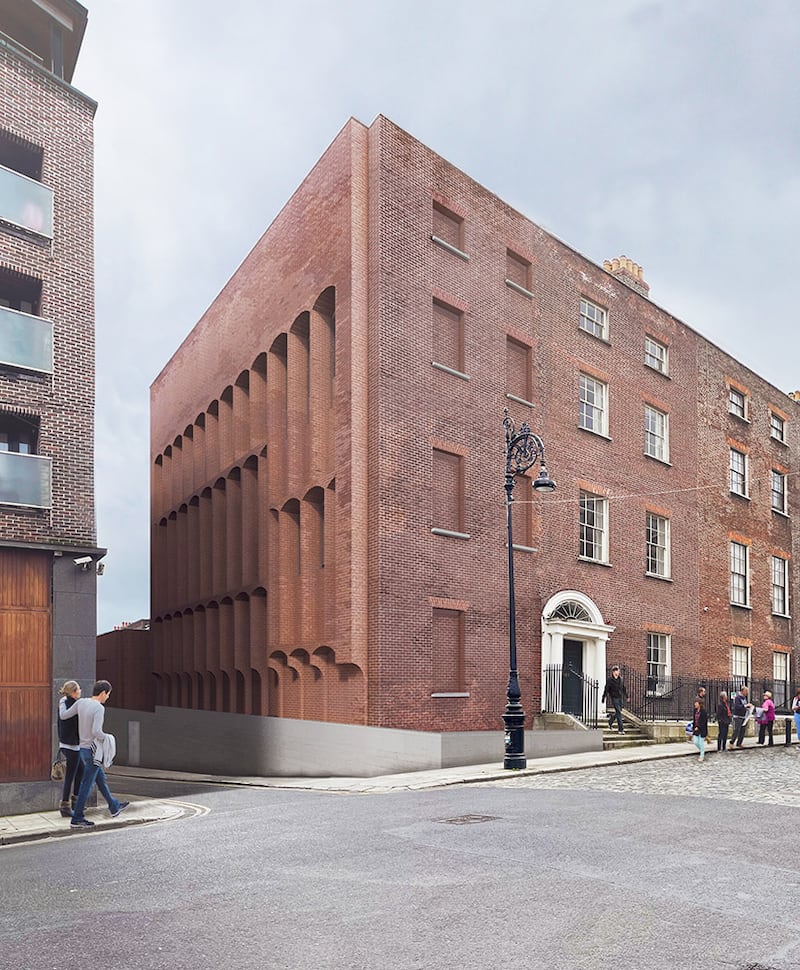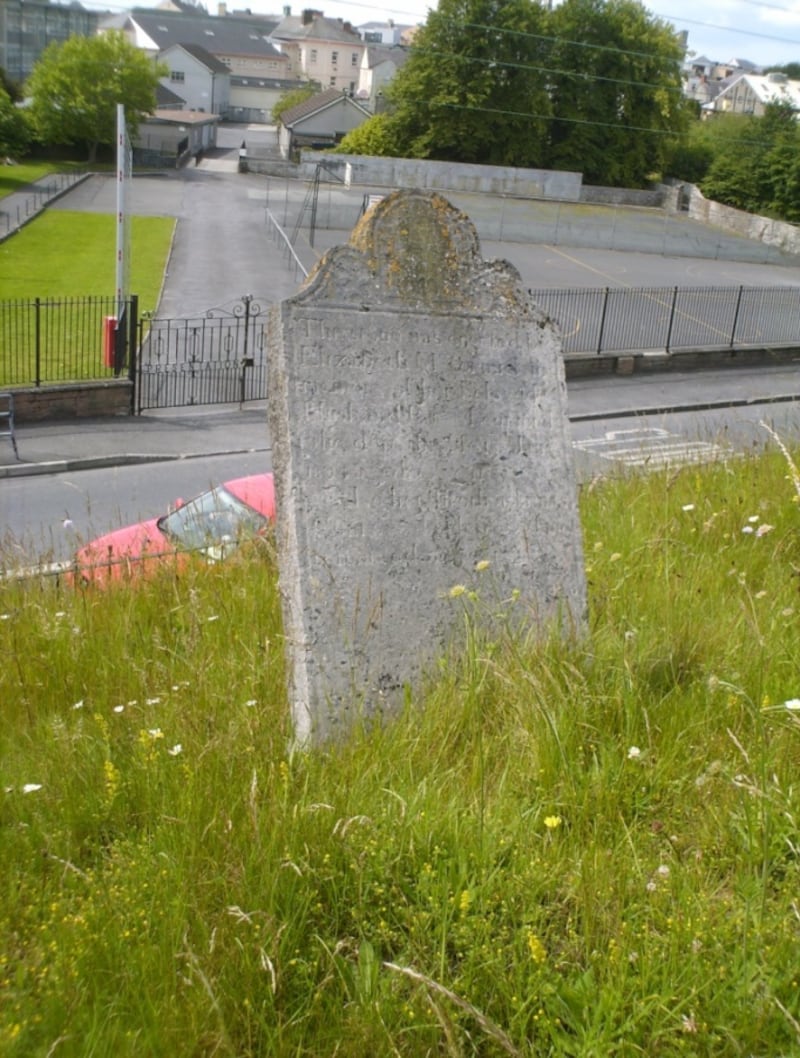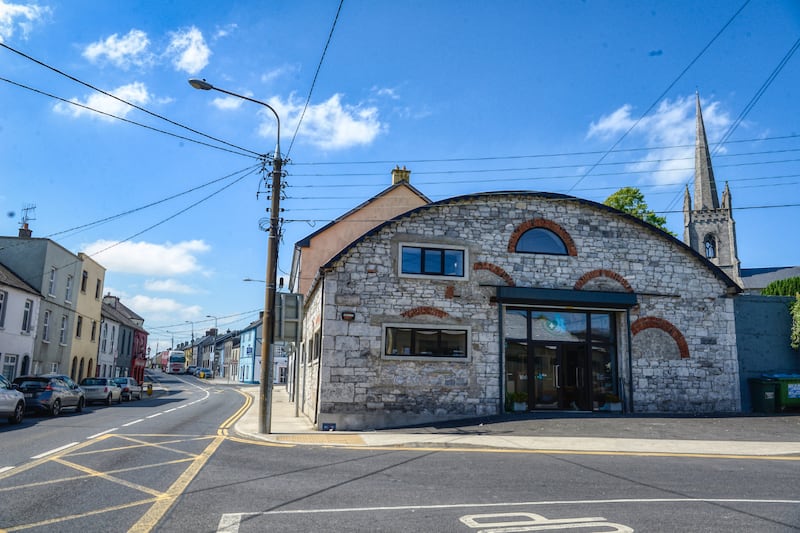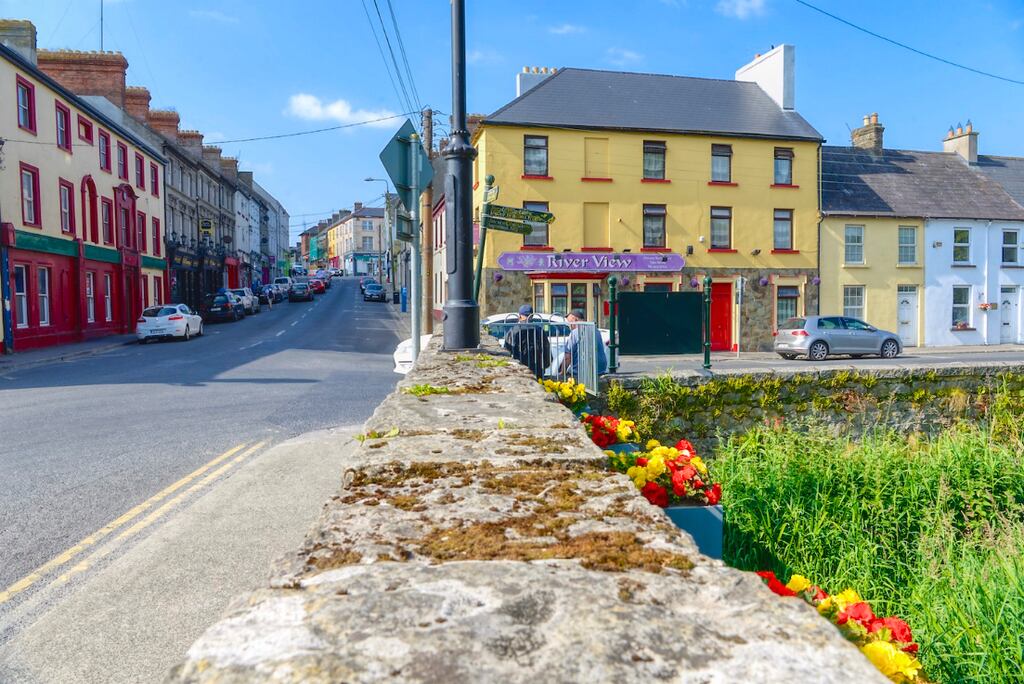Imagine them as sleeping giants. Or perhaps as treasure chests – except their riches are masked by layers of dust, bits of broken glass and peeling paint. Across Ireland, gorgeous buildings are hiding in plain sight, and within them lie keys to solving the puzzle of how to create a more environmentally friendly society and find solutions to the housing crisis. It is a wonder no one thought of it sooner.
Except they have. In 2018, a team of young Irish architects investigated the potential of rural market squares for Free Market at the Venice Biennale. More recently, Valerie Mulvin explored how the squares of Irish country towns could be the envy of the world if they were given a little extra love and recognition, in her book, Approximate Formality.
“A lot of people might just drive through towns like Ballina or Tipperary. When I go there, I see this amazing collection of 19th-century buildings, as well as 1930s shop fronts”
It is a puzzle the Heritage Council is also intent on solving. Its Historic Towns Initiative has supported regeneration projects in towns from Boyle to Youghal, Clones to Carrick-on-Suir. “It’s about trying to bring historic buildings back into use,” says the Council’s head of Conservation, Ian Doyle. He’s not just talking about grand civic buildings either, although they do have a role to play.
“Think about somewhere like Ballina, Listowel or Tipperary Town,” he says. “A lot of people might just drive through, but when I go there, I see this amazing collection of 19th-century buildings, as well as early 20th-century shop fronts. Often, they have survived because of a lack of development, but they have huge potential.”
READ MORE
With an expert’s passion and enthusiasm, Doyle describes the typical shop at ground level, with an apartment above: “It mightn’t have been lived in since the 1970s. You can still see the ‘good room’, the coving, the tiles around the fireplace. There may still be beds, pushed against walls, or an old sideboard. You get the sense that families lived there, but now they are just used for storage.”

But what about problems of access, insurance, outside space? “It can be done,” insists Doyle, pointing out that we have a wealth of talented architects in this country, with all the skills needed to explore the options. “It could be a side entrance, a rejig in the entrance lobby. Sometimes, where the retail has gone too, you see people moving into the ground floor as well.”
In addition to providing housing, our rural towns are also part of the answer to climate-change and fuel price problems. “Towns are where the services are,” Doyle notes. “They have a natural advantage in terms of economies of scale, and they’re completely walkable.”
Exploring solutions from various angles, the Heritage Council is into everything – from old urban graveyards as sites for pollinator plants (“we used to tell communities to graze them with goats!”), to working out how to successfully insulate old sash windows, to completing health checks on historic towns, to creating an accredited course for architects in energy regeneration for traditional buildings. After all, the most carbon-efficient building is the one that is already built.

In Tipperary, the Heritage Council’s Historic Towns Initiative is funding re-use projects, including one for its former Glove Factory. Mary Alice O’Connor of Tipperary’s Heritage Working Group, who grew up in the area, is clear-eyed about the problems it faces, including a lack of industry, and a population that has gravitated to the edges. “Let’s be honest, it is a long, narrow town, there is a huge volume of traffic going through every day and a lot of the town’s space is taken up with parking spaces.”
Alongside lobbying for a bypass, O’Connor and the group have been dedicating themselves to celebrating and working with Local Authority heritage officer Roisin O’Grady and taskforce manager Michael Begley on preserving the heritage they do have. This includes creating conservation plans for the Courthouse and the Bridewell, which, crucially, includes an on-going analysis into future use. The old Council offices are being refurbished as an education and training centre, while plans are afoot to do up the public park. The former Butter Market has been beautifully restored as a local veterinary surgeon’s practice.

Such projects involve tireless fundraising, dedication and huge community effort. In Tipperary many groups, residents committees and other bodies, such as Tidy Towns and the Local Authority, have come together to create the necessary momentum. National Heritage Week projects included a film screening of the documentary that O’Connor produced about the glove factory, which closed in the 1970s, one of a series she has made about Tipperary’s heritage. “Maybe it is presumptuous,” she says, “but I would love the films to leave a legacy for the town. We have such a huge untapped resource in the diaspora,” she adds, underlining how revitalising our heritage provides a living link to Ireland for those who have left, whether recently or many generations ago.
Doyle reckons: “the heritage of these towns is really important, really exciting. These towns have a function and a role, and we have to wake up to it.”
The Historic Towns Initiative is a partnership between the Heritage Council and the Department of Housing, Local Government and Heritage and is delivered with local authorities. heritagecouncil.ie / tipptownrevitalisation.ie














